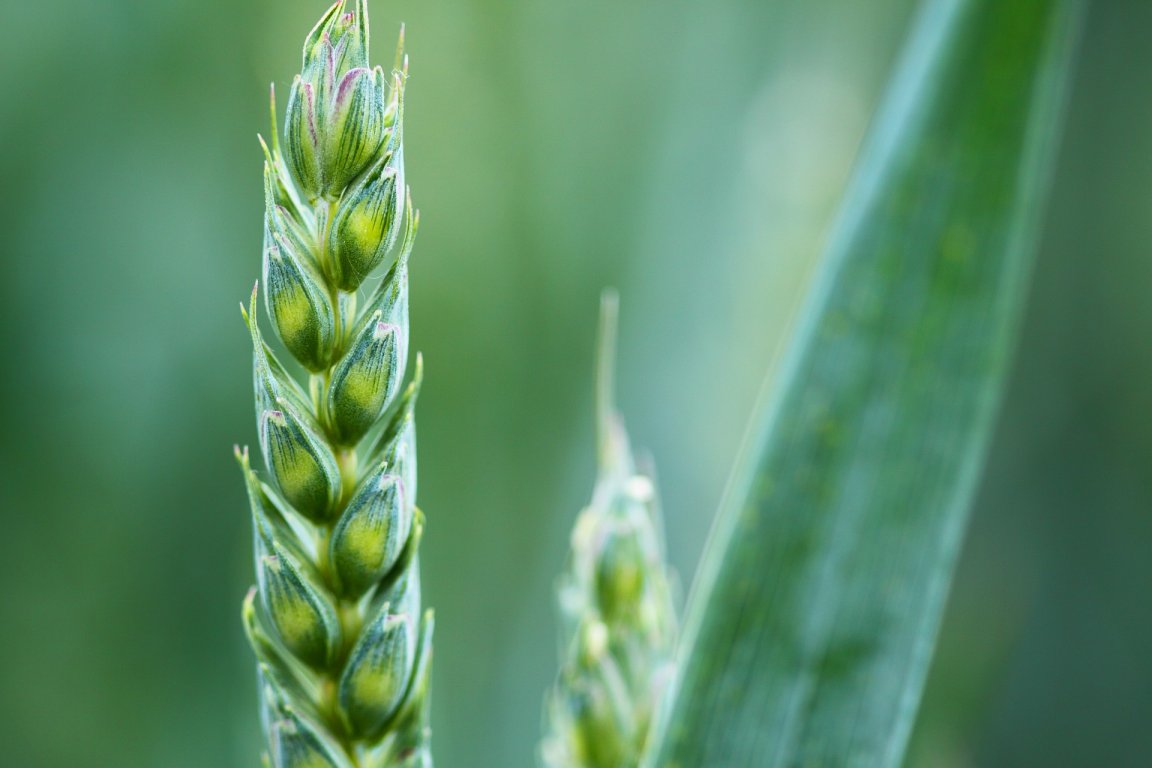
Better Crops, Better Yield
Crops and vegetables were among the first to be used in testing how effective CRISPR-Cas9 can be. Now, researchers from Cold Spring Harbor Laboratory (CSHL) in New York have used today’s most efficient gene editing tool to push the envelope of agricultural crop yield. In their study, published in the journal Cell, the CSHL scientists developed a method to edit the genome of tomatoes using CRISPR.
Specifically, the researchers edited trait variations or major components known to affect yield rates in crops. These traits include the size of the fruit, its branching architecture, and the overall shape of the plant. They used CRISPR-Cas9 to make multiple cuts inside three genome sequences in tomatoes. These sequences are called promoters, which are DNA areas close to the genes that regulate when, where, and at what level the actual “yield” genes become active. The CSHL scientists were able to induce a wide range of changes in the three targeted traits mentioned by introducing multiple sets of mutations on the promoter gene sequences.

“What we demonstrated with each of the traits was the ability to use CRISPR to generate new genetic and trait variation that breeders can use to tailor a plant to suit conditions,” lead researcher and CSHL professor Zachary Lippman said in a press release. “Each trait can now be controlled in the way a dimmer switch controls a light bulb.”
Editing Our Way Through Hunger
Some might ask why target regulatory sequences instead of the actual “yield” genes. Well, the researchers found that this method yielded significantly better results. They were able to achieve a subtler impact on the quantitative traits. “Traditional breeding involves great time and effort to adapt beneficial variants of relevant genes to the best varieties, which must continuously be improved every year,” Lippman explained.
“Our approach can help bypass this constraint by directly generating and selecting for the most desirable variants controlling gene activity in the context of other natural mutations that benefit breeding,” he added. “We can now work with the native DNA and enhance what nature has provided, which we believe can help break yield barriers.”
This isn’t the first time CRISPR has been used to improve crop yield. Indeed, the agricultural applications of CRISPR not only obvious. According to CRISPR-Cas9 developer Jennifer Doudna, agricultural use is greatly needed. Crops genetically modified using CRISPR could hypothetically solvet the world hunger. This new CSHL method, which can be used in all food, feed, and fuel crops — staples such as rice, maize, sorghum, and wheat — can definitely contribute.
“Current rates of crop yield increases won’t meet the planet’s future agricultural demands as the human population grows,” said Lippman. “One of the most severe limitations is that nature hasn’t provided enough genetic variation for breeders to work with, especially for the major yield traits that can involve dozens of genes. Our lab has now used CRISPR technology to generate novel genetic variation that can accelerate crop improvement while making its outcomes more predictable.”